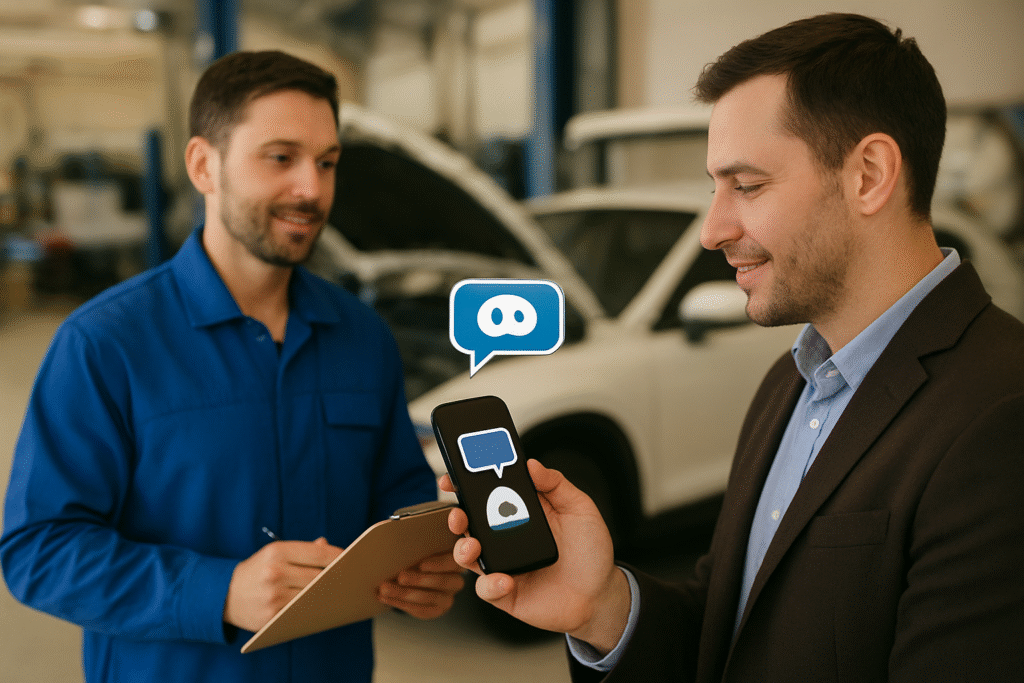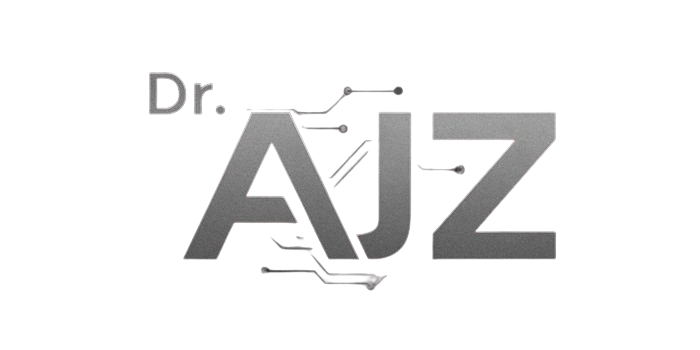How Auto Repair Shops in Phoenix Use Chatbots to Automate Local Leads

Quick Summary: What This Blog Covers This blog explores how auto repair shops in Phoenix use chatbots to automate local lead generation, streamline communication, and enhance customer experience. It covers the importance of automation in a competitive market, step-by-step chatbot setup, CRM integrations, personalization techniques, and performance tracking. Real-world examples and data-driven insights reveal how […]
